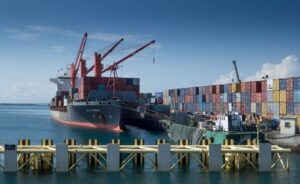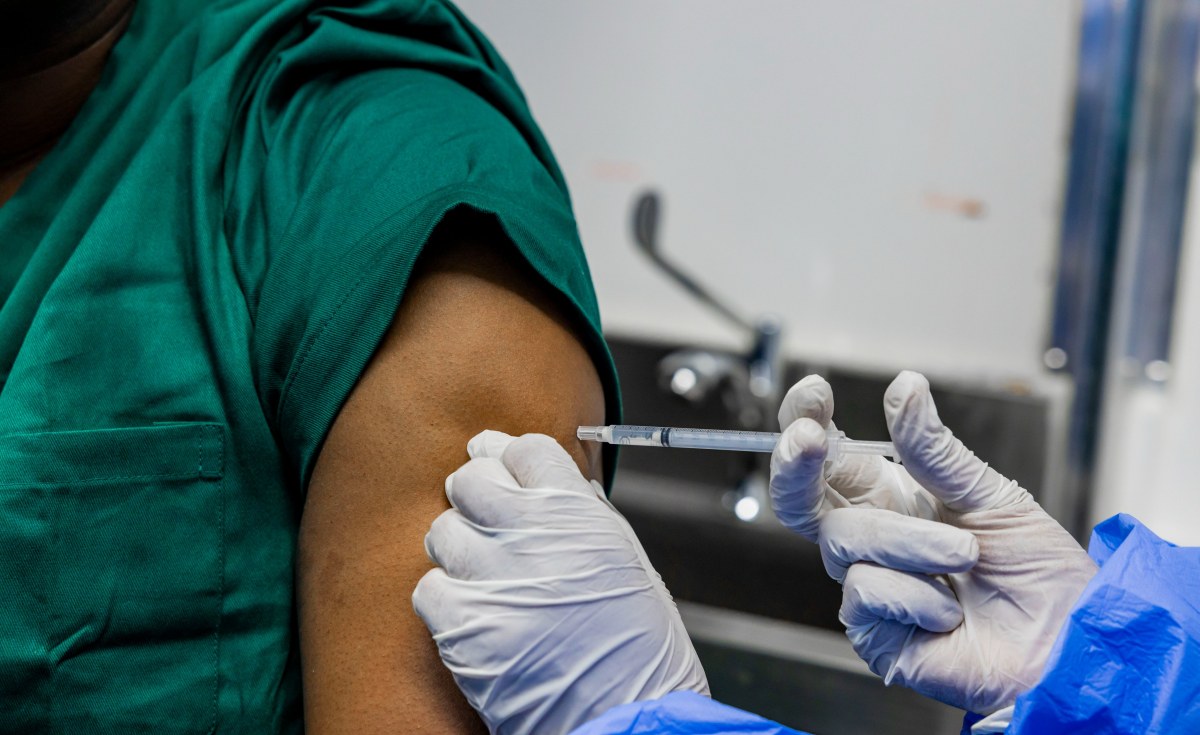The journey to envisioning Tanzania’s economic future by 2050 is the story of hopes, dreams, and pragmatic plans. We’ve imagined a Tanzania free from poverty, driven by double-digit GDP growth, and flourishing with opportunities for all its citizens. But how do we get there? In this article, we present a three-phased growth strategy that weaves together periods of steady growth, rapid expansion, and consolidation to place Tanzania into that new development orbit.
Starting with a modest 6 percent annual growth in 2024 and 2025, Tanzania’s GDP would rise from $79 billion in 2023 to $91 billion by the end of 2025. This sets the stage for the first critical phase of our growth strategy. From 2026 to 2030, Tanzania aims for a 7.5 percent annual growth rate. By 2030, the GDP would reach $153 billion. During this phase, the focus will be on efficiency, or we can say, taking the government out of people’s businesses.
Much of what we call underdevelopment in Africa is the result of extractive institutions that promote rent-seeking practices in our systems. The fifth phase government’s Blueprint for Regulatory Reforms to Improve the Business Environment highlighted over 150 regulatory issues that affect the business climate in Tanzania. As a result, businesses spend over 180 days just for regulatory compliance. That is the impediment to growth – and it is all thanks to what the government does.
Taking the government out of people’s business implies streamlining public services, reducing bureaucratic red tape, and improving infrastructure utilisation. That also means capacity building for a more qualified workforce. Enhanced education and vocational training programmes will prepare our youth to meet the demands of a rapidly changing job market. Similarly, prioritising strategic infrastructure projects like energy generation and transportation network would enhance productivity. Again, the focus here is to remove the obstacles that the government has been putting on progress so that the people can make the investments into solutions that the society need themselves.
With that foundation laid, Tanzania can shift into high gear from 2031 to 2045, targeting an ambitious 10 percent annual growth rate. By 2045, the GDP would soar to $1.2 trillion. During this high gear phase, the focus will be on developing an innovation ecosystem to enhance global competitiveness. Prioritising elite education, innovation hubs, industrial and special economic zones will drive technological and manufacturing advancements. As a result, many youths will find employment in a formal sector at the time when productivity is soaring, thus setting an economic platform for further growth.
Imagine Dar es Salaam becoming East Africa’s Silicon Valley, bustling with tech startups and innovation. Imagine Morogoro, Rufiji River Basin, and the southern highlands becoming the food baskets of Africa. Imagine Kigoma, Mbeya and Ruvuma stepping into their destinies as economic gateways to surrounding nations. Imagine Arusha and Zanzibar transforming into globally competitive tourist and business hubs. This strategy, when coupled with further business-friendly reforms, attracting foreign direct investment (FDI) by offering incentives, and fostering an export-oriented economy, the nation will attract more international businesses, boost exports, create jobs, and supercharge growth by taking full advantage of its sizable demographic advantage as the population jumps to the 130 million mark by 2050.
After 15 years of rapid growth, the next goal will be to consolidate gains and ensure sustainable development. From 2046 to 2050, Tanzania will target a 7.5 percent annual growth rate once more, becoming a $2.5 trillion economy by 2050 when Africa’s GDP will be about $30 trillion. This final phase would emphasise building a knowledge economy, implementing social safety nets, and prioritising environmental stewardship.
Shifting towards a knowledge-based economy by investing in globally competitive higher education, research institutions, and fostering a culture of lifelong learning will enhance our education system, producing world-class researchers, scientists, and innovators. Citizens of that Tanzania will enjoy robust social services and the government will ensure inclusive growth benefits all citizens. Similarly, prioritising environmental sustainability by investing in clean energy technologies, promoting green infrastructure projects, and fostering climate-resilient agriculture will ensure future generations inherit a thriving, sustainable environment.
This three-phase approach creates a roadmap for sustained economic growth in Tanzania. By strategically alternating between high gear for rapid advancements and low gear for consolidation and course correction, Tanzania can navigate towards a prosperous future.
However, as we mentioned in our first article in this series, achieving long-term success demands a constant focus on visionary leadership. Effective governance, transparent policies, and robust institutions are crucial for sustained growth. Good governance will ensure that resources are managed efficiently, and that corruption is minimised. Prioritising investments in education, healthcare, and social welfare programmes ensures inclusive growth and a skilled workforce. The ability to adapt to technological advancements, emerging economic trends, and unforeseen challenges is key to long-term sustainability.
By current projections, Kenya’s GDP will reach $1 trillion, Ethiopia $1.5 trillion and Uganda $755 billion by 2050. So, the ambitious Vision 2050 target of $2.5 trillion for Tanzania is not unthinkable. Vision 2050 not just about numbers, it is about making strategic decisions that transform lives and build an inclusive society. Together, we can make that vision a reality.














